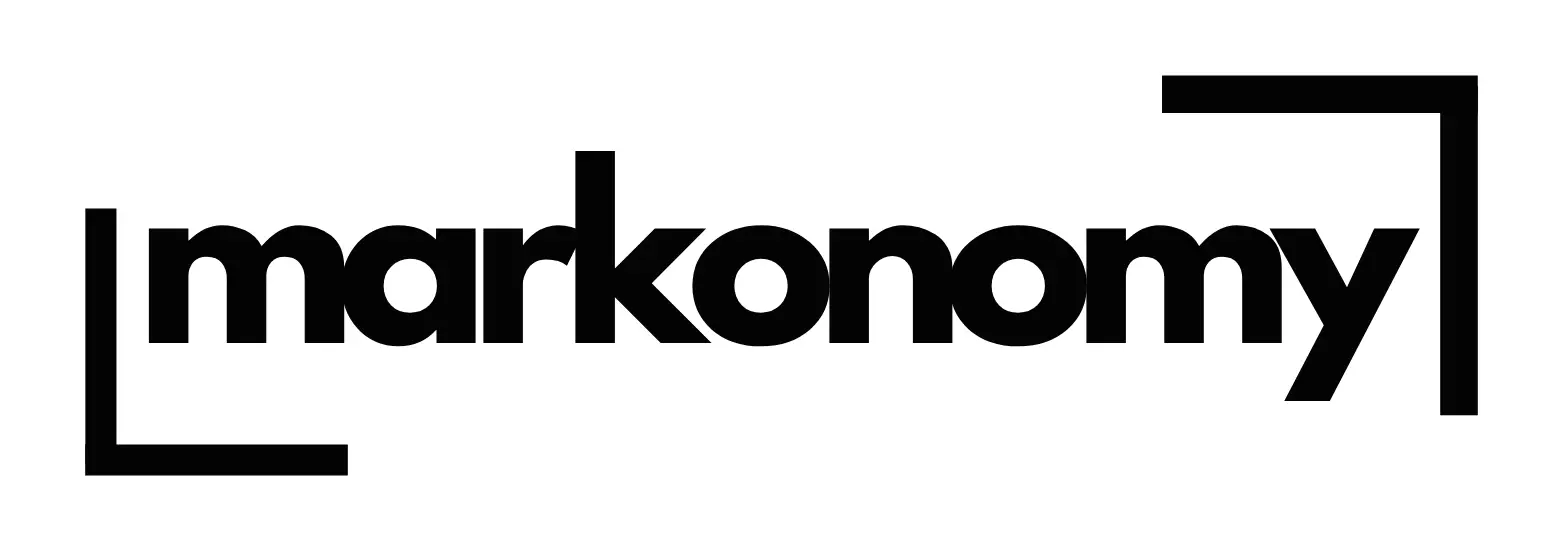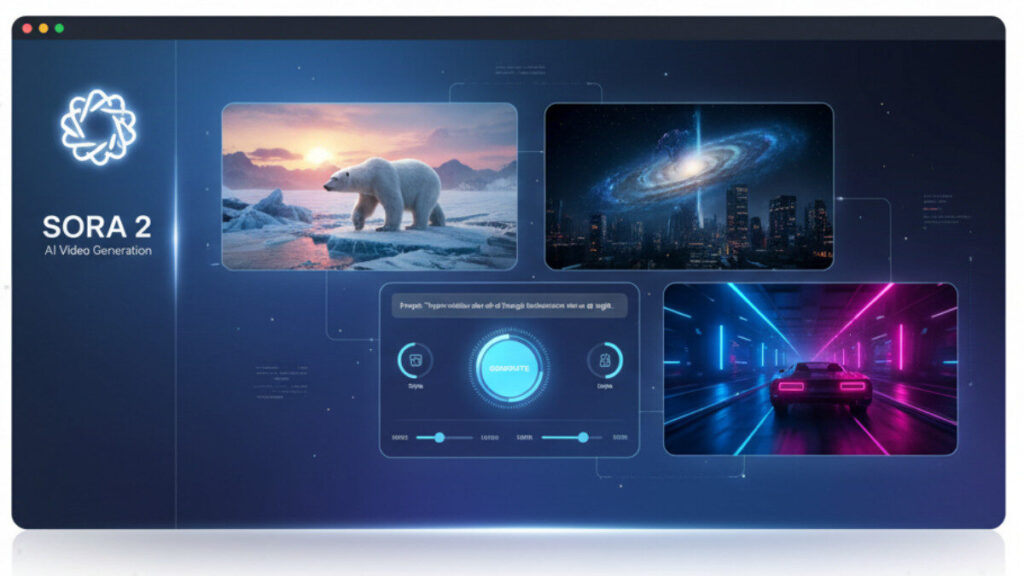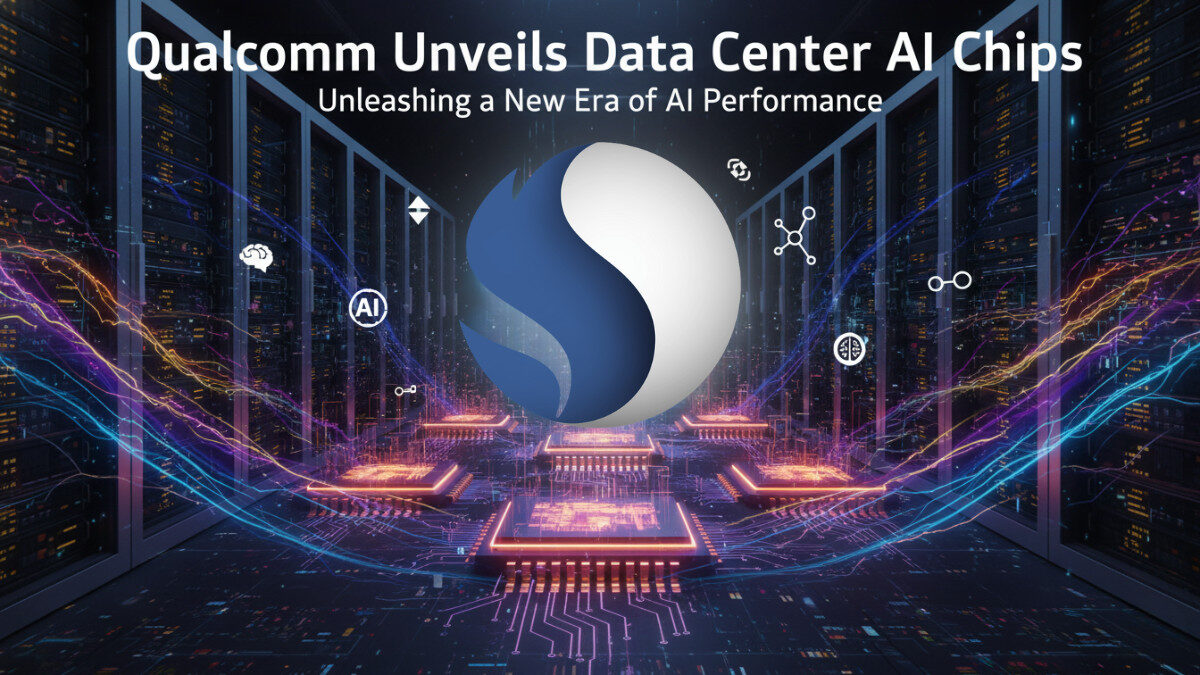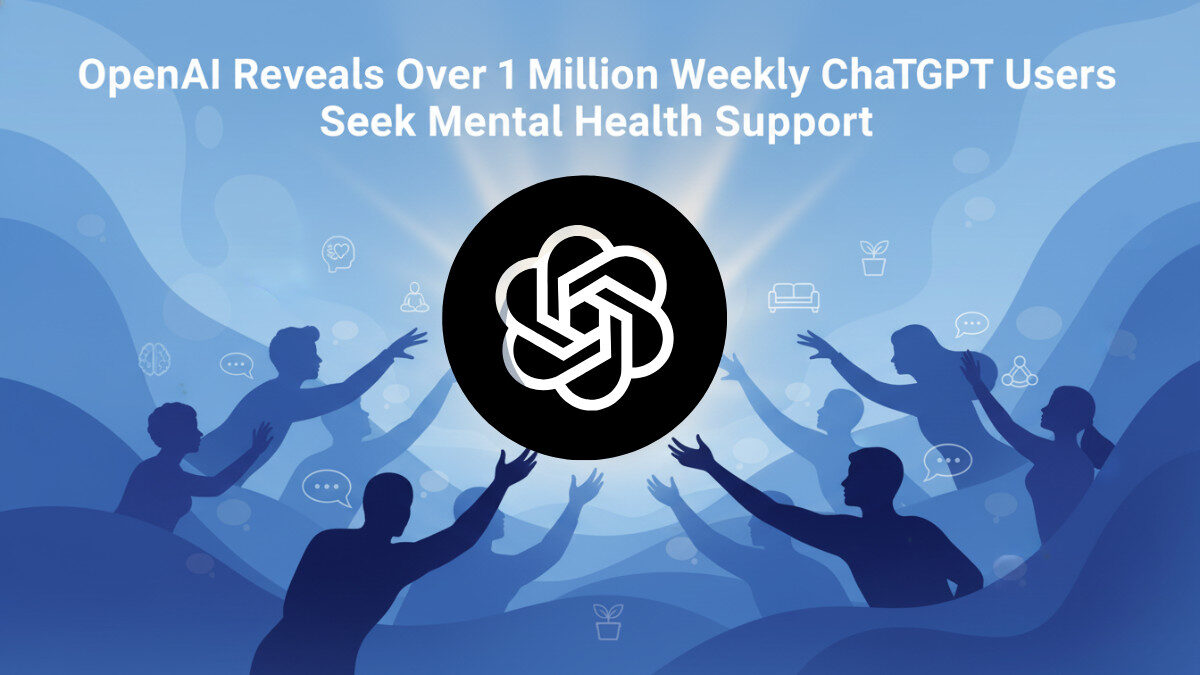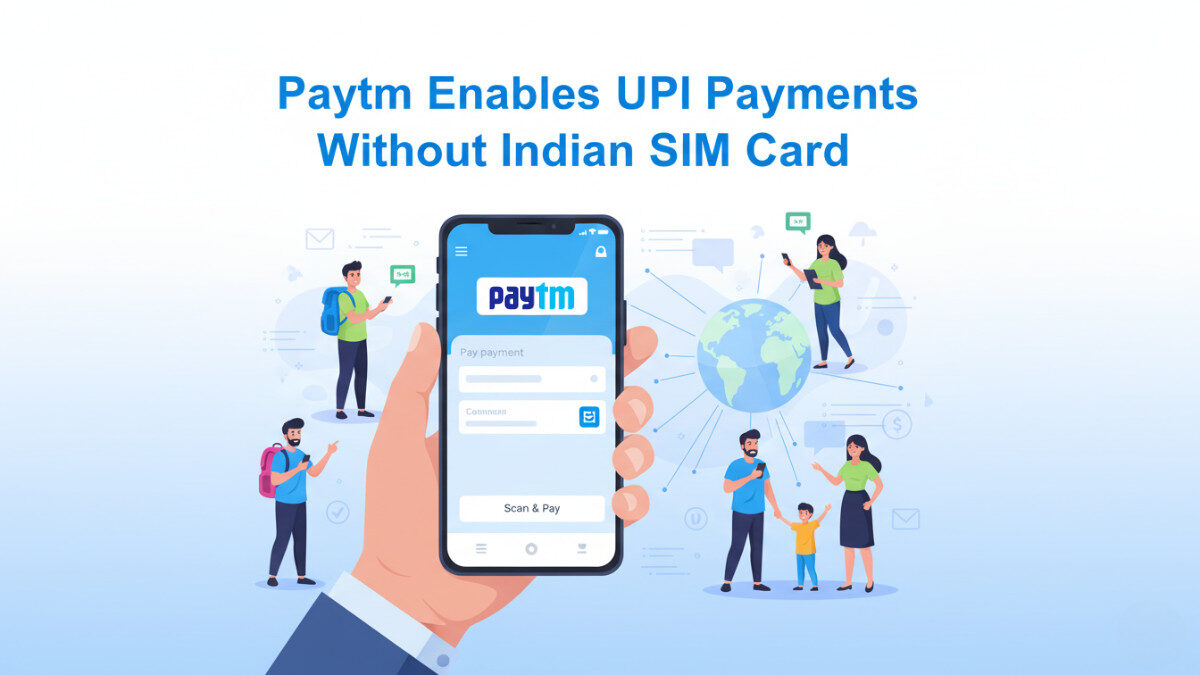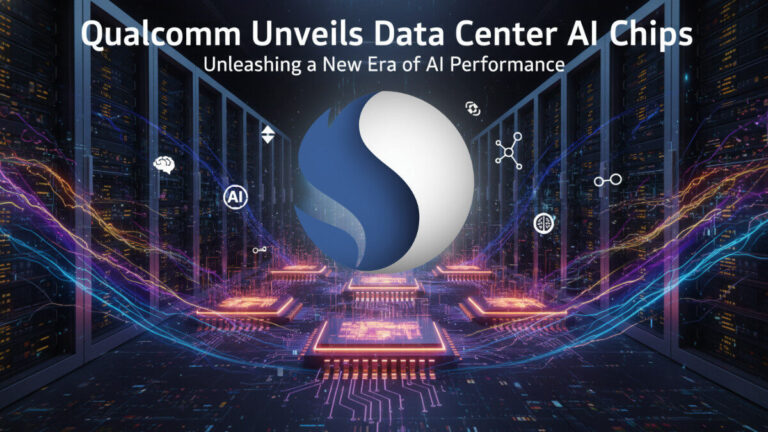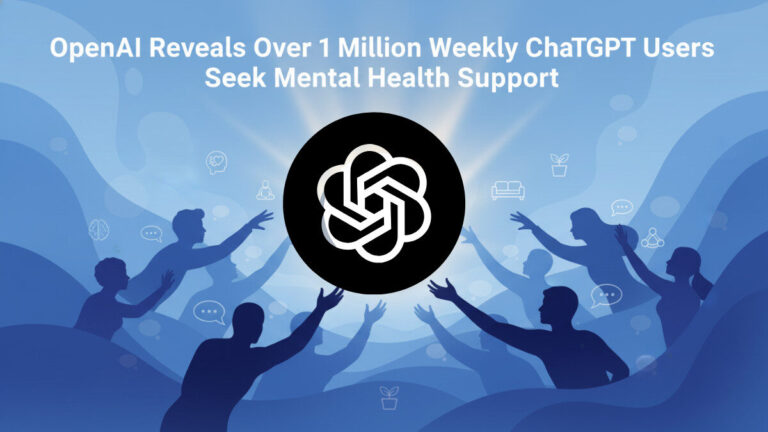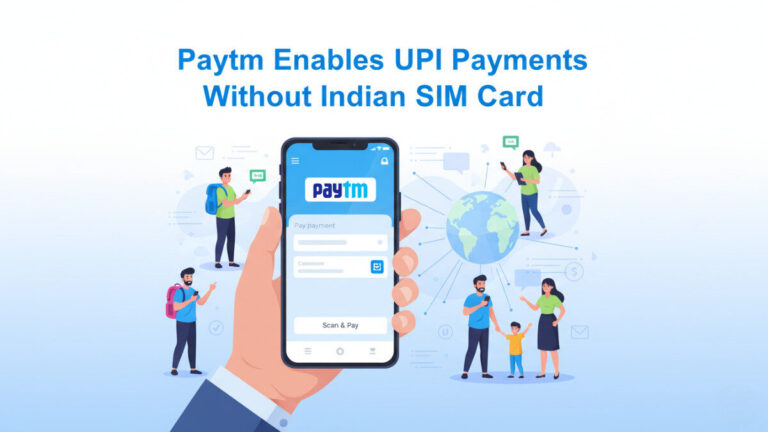San Francisco: OpenAI has officially launched Sora 2, the next generation of its groundbreaking text-to-video model. Alongside the release, the company introduced a new web and iOS app called Sora, which allows users to create and share AI-generated videos easily.
This move marks OpenAI’s biggest step into the world of AI video creation — combining advanced generative technology with a social platform designed for creators, influencers, and everyday users.
What Is Sora 2?
Sora 2 is an AI model that can generate realistic videos from simple text prompts. You can type something like “a robot dancing on a beach during sunset,” and the model produces a video clip complete with visuals, motion, and synced audio.
Key Upgrades in Sora 2:
- Improved realism and physics: Movements, shadows, and lighting appear more lifelike.
- Audio-visual sync: Sora 2 generates sound effects and music automatically in sync with the visuals.
- Cameos feature: Users can record a short video of themselves to insert their likeness and voice into AI-generated scenes.
- Scene continuity: Longer clips maintain smooth transitions and consistent details across shots.
- Social feed: The new Sora app includes a scrollable feed for browsing, remixing, and sharing videos, similar to TikTok or Instagram Reels.
Why It Matters
Sora 2 represents a major leap in how videos can be created and consumed. Until now, making quality videos required cameras, actors, and editing software. With Sora 2, anyone can create professional-looking clips instantly using only text.
This launch also marks OpenAI’s entry into the social video space, positioning the Sora app as a potential rival to popular short-form platforms like TikTok and YouTube Shorts.
Summary Table
| Category | Details |
|---|---|
| Model Name | Sora 2 |
| Developer | OpenAI |
| Launch Date | October 2025 |
| Platforms | Web and iOS (invite-only at launch) |
| Core Function | Text-to-video and audio generation |
| Key Features | Realistic visuals, synced sound, cameos, scene continuity |
| App Features | Feed for browsing, sharing, and remixing AI videos |
| Safety Tools | Metadata tagging, identity verification, content moderation |
| Main Concerns | Copyright, deepfakes, misinformation, regulation |
| Future Plans | Android version, global rollout, developer API access |
Ethical and Safety Concerns
Despite its creative potential, Sora 2 also raises important questions:
- Copyright & likeness rights: Using someone’s face or voice in AI videos could create legal issues.
- Deepfakes & misinformation: Realistic AI videos can blur the line between truth and fiction.
- Regulation & misuse: Governments may need new policies to manage AI-generated media responsibly.
- Digital wellbeing: Like other social platforms, the Sora app must balance creativity with safety.
OpenAI says it has implemented safeguards such as metadata tracking, identity verification, and strict moderation to prevent misuse.
What’s Next
OpenAI plans to expand Sora beyond the U.S. and Canada soon, followed by Android and full web access worldwide. The company is also preparing an API release so developers can integrate Sora 2 into other applications and tools.
With this release, OpenAI is signalling its vision for a future where anyone can become a video creator — powered by AI.
Summary
Sora 2 isn’t just another AI model — it’s the start of a new creative ecosystem. By blending video generation, audio, and social sharing, OpenAI is reshaping how stories are told and shared online. But as AI videos become indistinguishable from real footage, the world must adapt quickly to new challenges in ethics, creativity, and trust.
